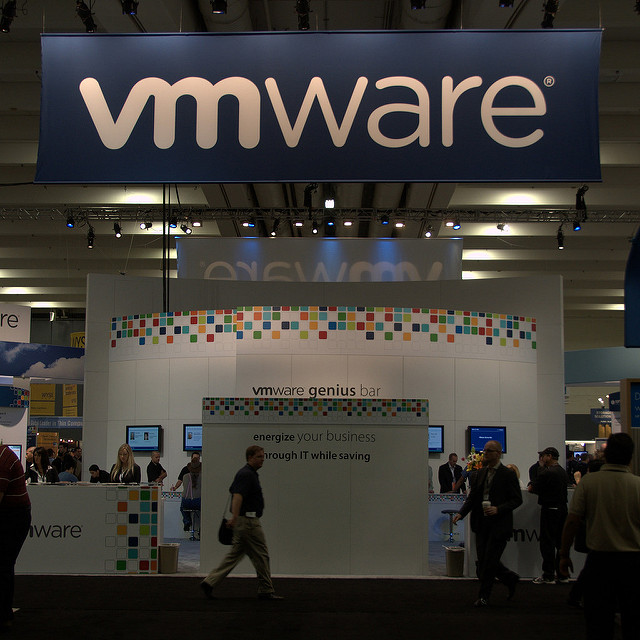 INFRA
INFRA
 INFRA
INFRA
 INFRA
INFRA
Virtualization giant VMware Inc. has made a new update to its vSphere 6.5 platform generally available.
VSphere is the company’s flagship platform for implementing and managing virtual machine infrastructure on a large scale, allowing companies to run multiple operating systems on the same hardware. The new update, called “vSphere 6.5 Update 1,” comes with improvements to the HTML client, better interoperability, increased scalability and an easier upgrade path from vSphere 5.5, the company said.
The update is the first since vSphere 6.5 was released last November.
The main headline is increased scale. It’s now possible to run 50,000 VMs on a vSphere domain, up from the previous limit of 30,000. Users can also register up to 70,000 VMs on a domain, up from the 50,000 limit before. In order to manage all of those VMs, the update makes it possible to run 15 vCenter servers in a domain, up from just 10 in the previous version. The host count has also been increased, from 4,000 to 5,000.
As to who might benefit from that kind of scale, it could well have something to the anticipated launch of VMware on Amazon Web Services later this year.
“With the increasing use of hybrid and private clouds, the increase in capacity comes at a crucial time,” VMware’s product line marketing manager Martin Yip wrote in a blog post.
This increased scalability does come at a price, however. Customers will need to give up using third-party switches for VMware’s own, a change that the company announced back in March. Some customers may also need to update their hardware, as Intel Corp.’s Xeon 51xx, Xeon 30xx, Core 2 duo 6xxx, Xeon 32xx, Core 2 quad 6xxx, Xeon 53xx and Xeon 72xx/73xx processors are no longer supported.
VMware has also made it easier for those running vSphere 6.0 update 3 to upgrade to version 6.5 without forsaking some security benefits.
“It is important to note that customers who are still on vSphere 5.5 will need to be on at least vSphere 5.5 U3b in order to upgrade to vSphere 6.5 U1,” Yip wrote. “This may mean a two-step process for some customers to get to vSphere 6.5 U1 but this is necessary in order to ensure the best possible outcome for the upgrade.”
VSphere’s HTML 5 web client has also been improved, and now “has about 90 percent of general workflows completed,” Yip said. However, Yip did point out one existing glitch detailed in the “known issues” section of the release notes, which states that “The HTML5-based vSphere Web Client user interface might not be available in Windows Server 2016,” due to an issue with Java.
Virtual SAN gets a boost too, with support for vSAN 6.6.1. This update integrates with vSphere Update Manager so that vSAN updates can be synchronized with vSphere itself. There’s also a new “Performance Diagnostics” feature that allows users to analyze the performance of individual vSAN clusters against previous benchmarks.
The update also includes a long list of bug fixes that tidy up some minor messes.
THANK YOU